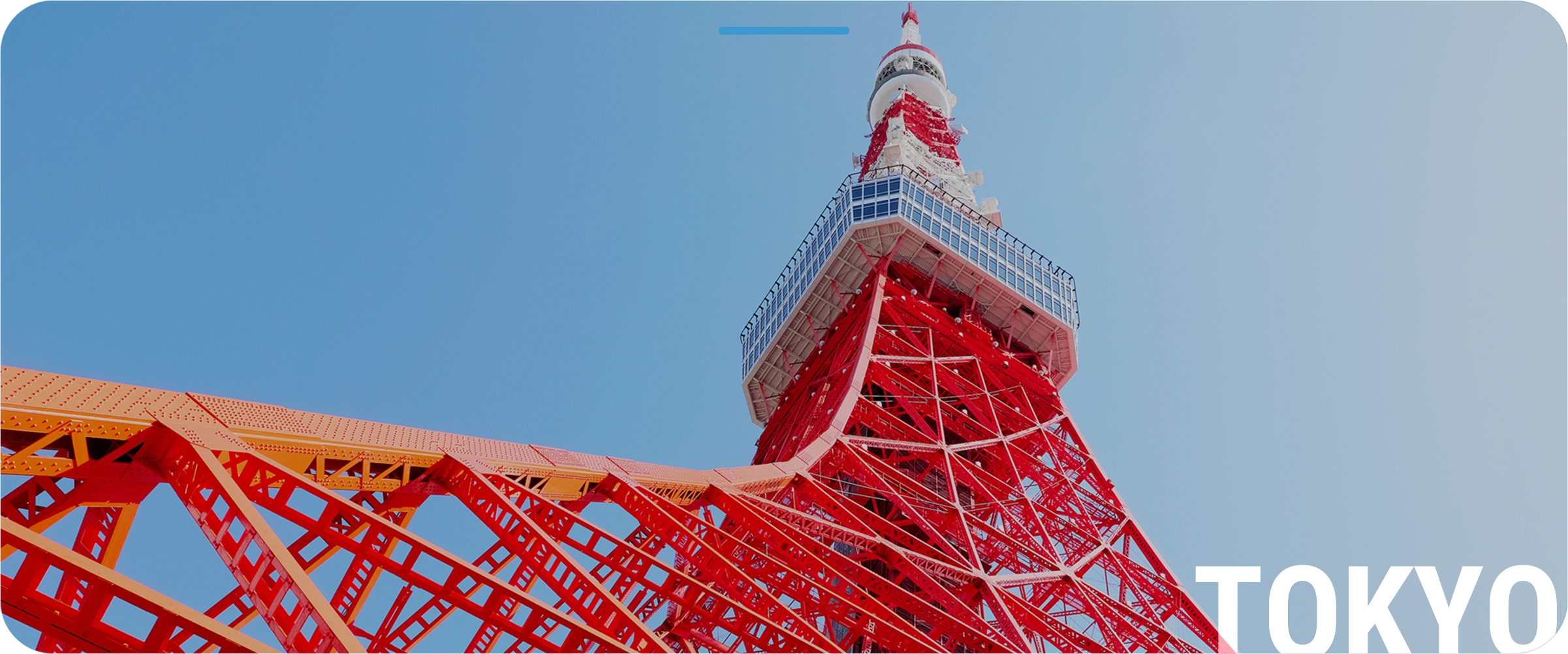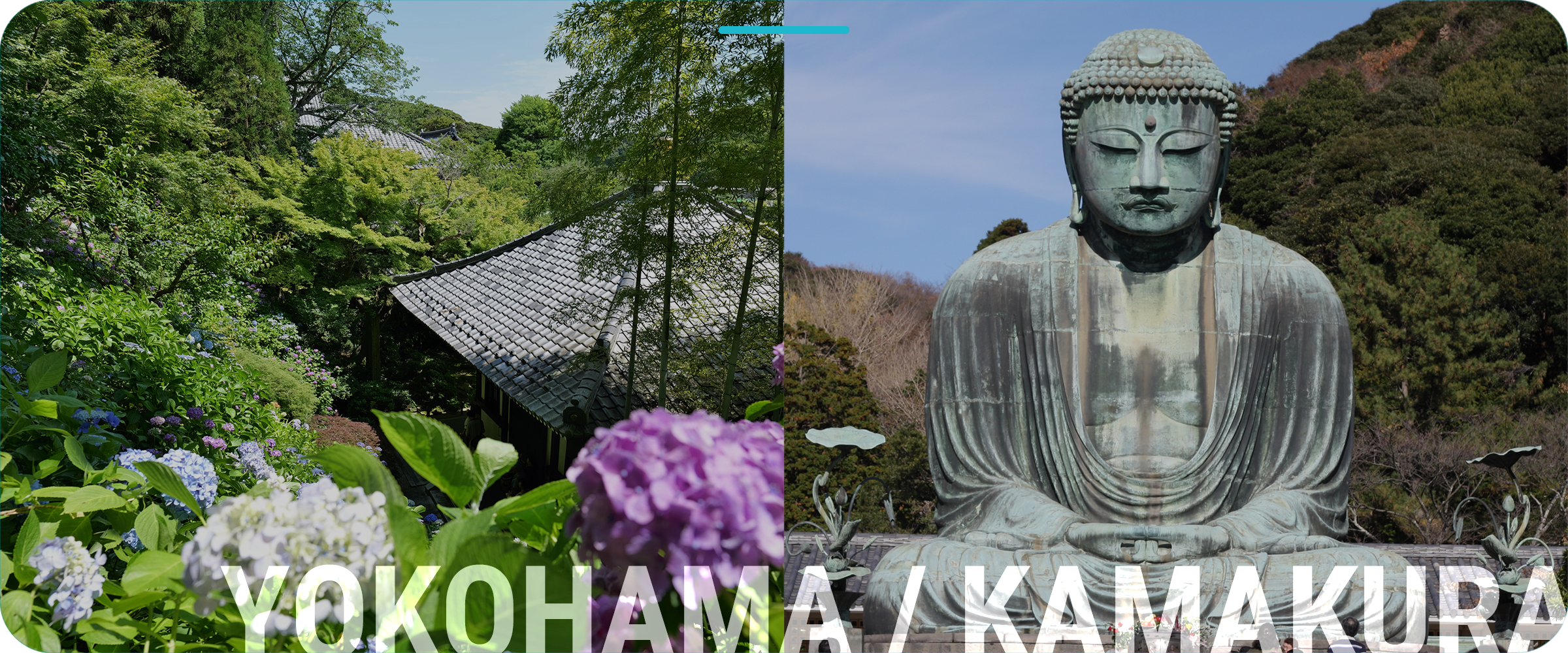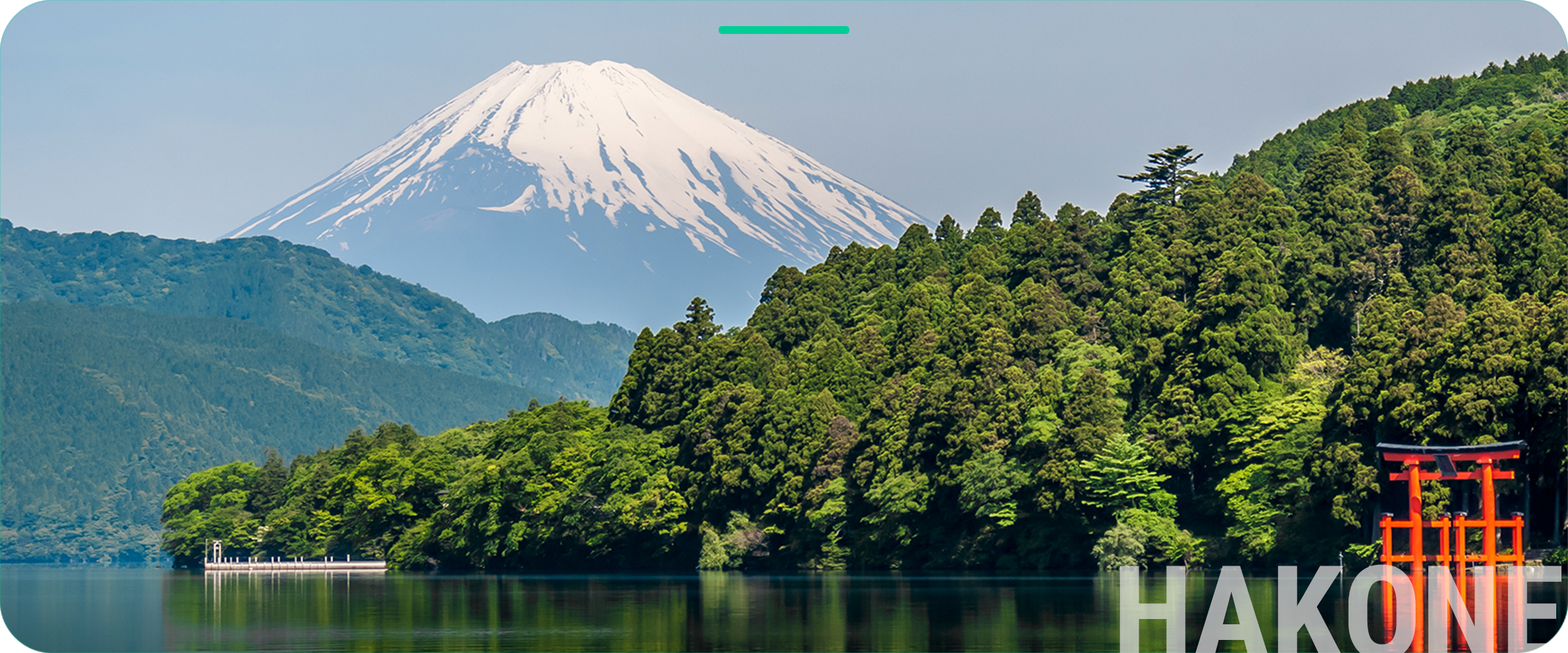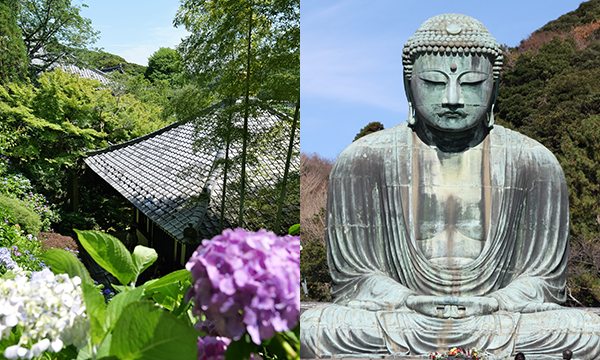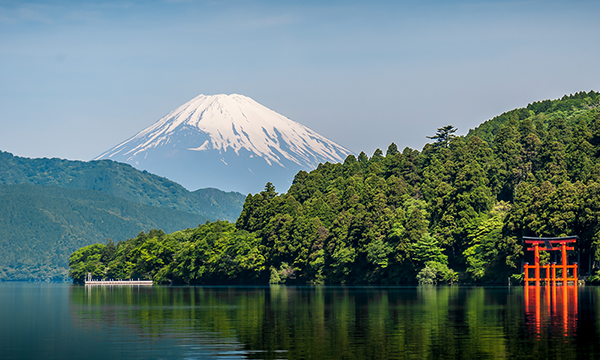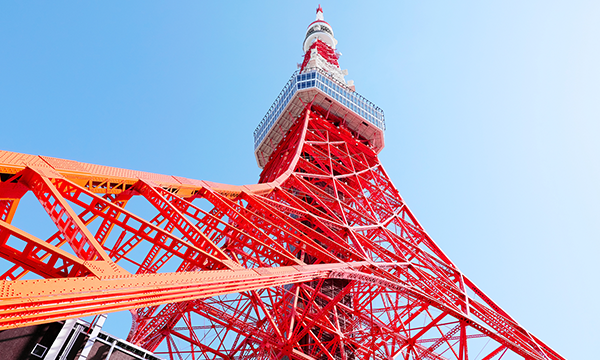TRAVEL YOKOHAMA, KAMAKURA, HAKONE,
AND TOKYO AND DISCOVER THE BEAUTY OF JAPAN
If you want to experience something different than the usual in Japan, rent a car and drive to Yokohama, Kamakura, or Hakone where you might discover something new. But if it’s your first time in Japan, you can enjoy yourself in Tokyo as well.
Here we introduce some recommended routes to visit by car, so if any destination sparks your interest, why not visit? We also introduce some easily accessible bus tours in Tokyo.
TOKYO AREA

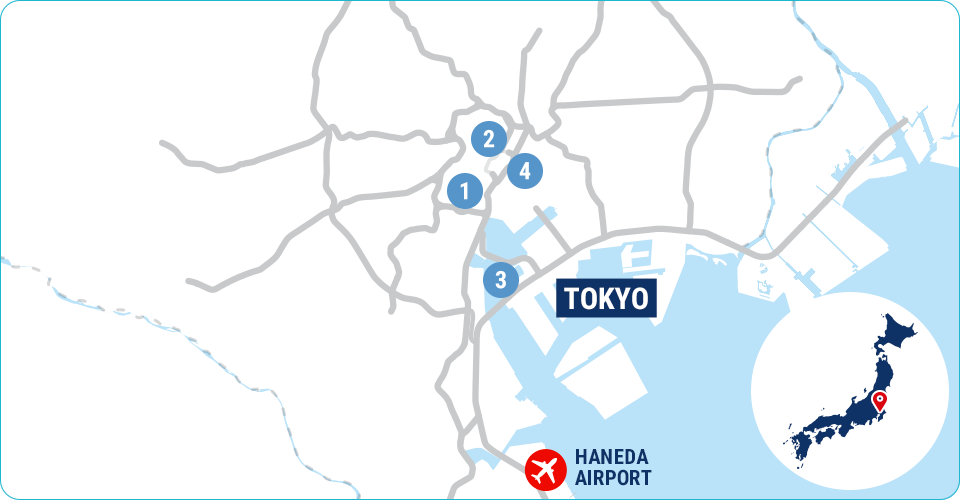
Tokyo Tower
From (B)Haneda Airport to Inner Circular Route(C1)
About 7 min. from(C1)Shibakoen
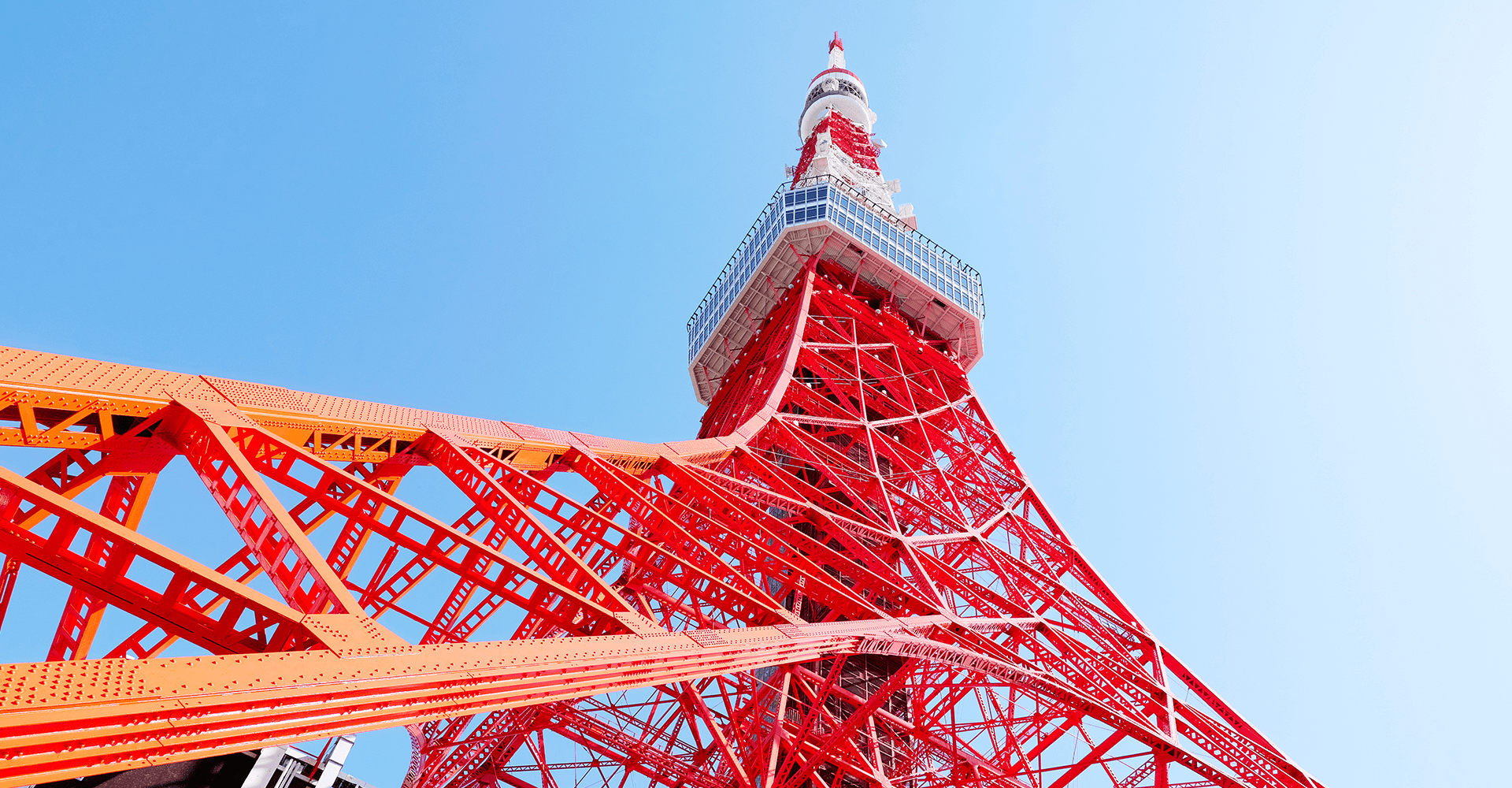
Tokyo Tower has served as a well-known landmark and the symbol of Tokyo since its opening on December 23, 1958. The tower serves as the consolidated broadcast tower sending out the TV and FM radio broadcast signals from Tokyo to the Kanto area. At a height of 333 meters, it was the tallest structure in Japan when it was originally completed, but today ranks second in height having been surpassed by the Tokyo Skytree at 634 meters.
The five floor Foot Town at the foot of the tower offers a food court for visitors to enjoy dining, and is lined with galleries and shops offering Tokyo gifts.
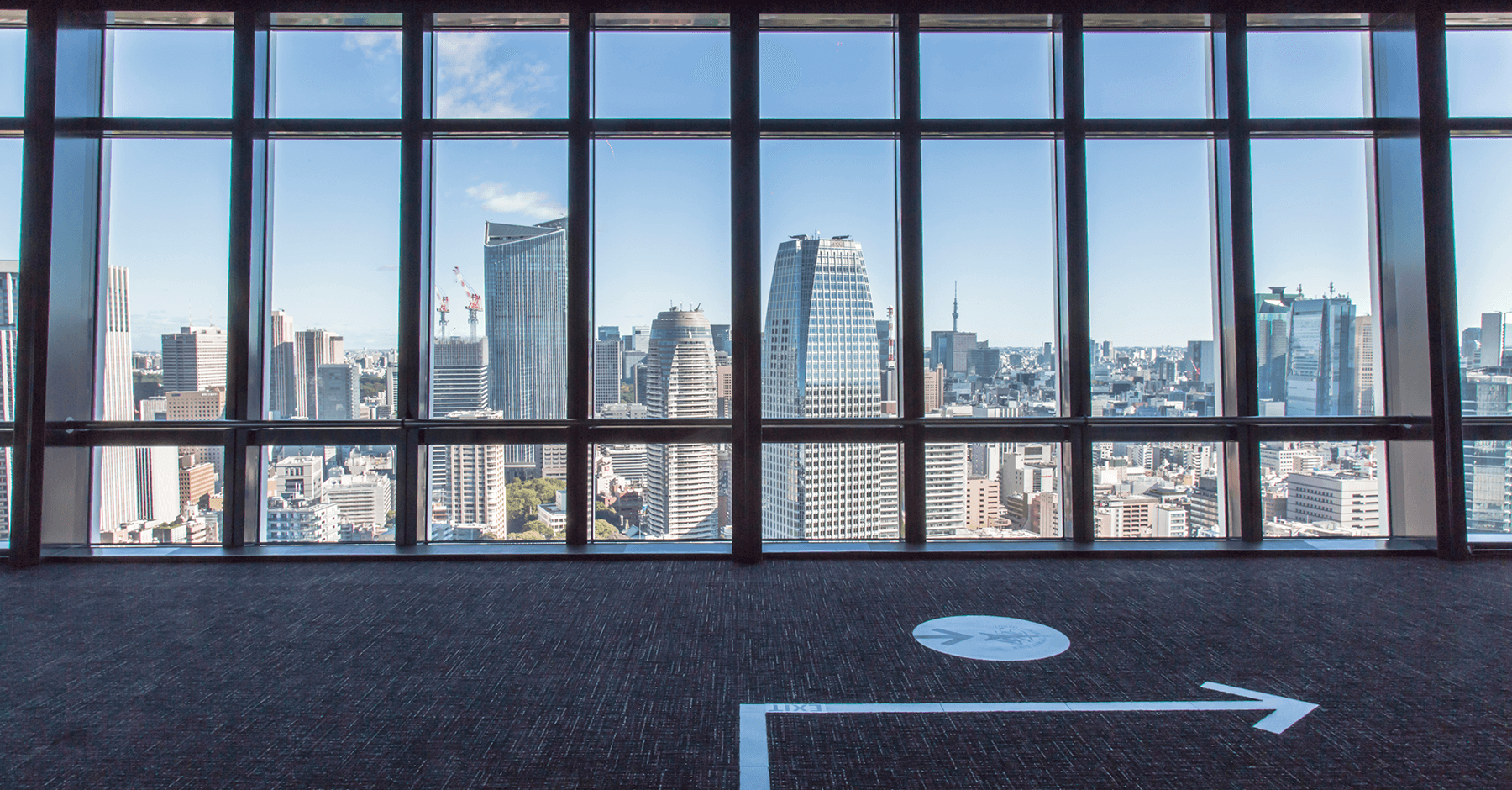
The observation decks occupying the 1st and 2nd floors of the Main Deck offer a 360 degree panoramic view of the city from a height of 150 meters. If you stand on the Skywalk Window, which features transparent glass flooring in sections, and look straight down from 145 meters up, the thrilling view will make you feel as though you are walking through mid air.
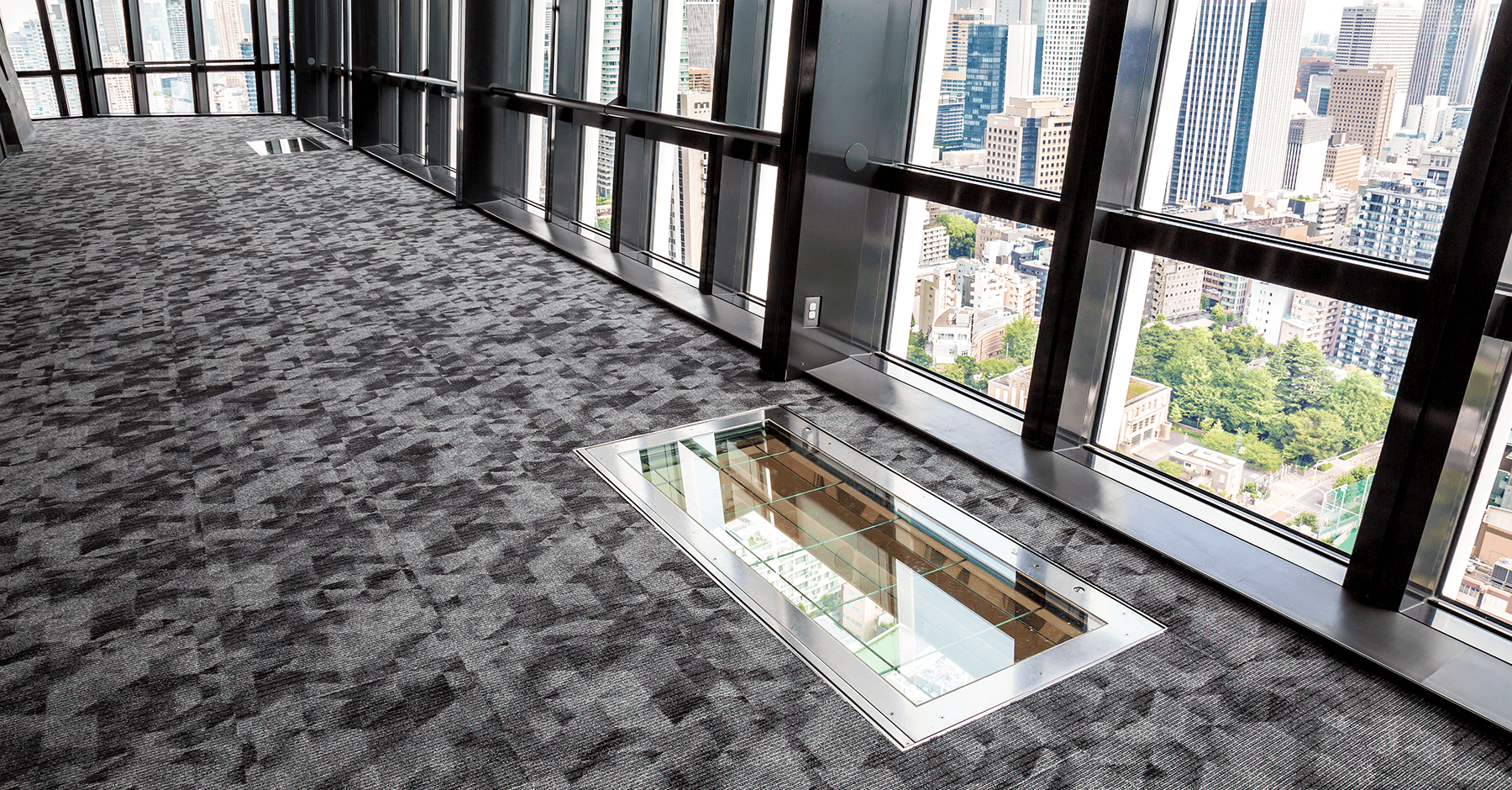
After sunset, Tokyo becomes illuminated by the city’s countless neon signs, offering a beautiful nightscape that feels like opening a box of jewels. Tokyo Tower itself is also illuminated by 180 lights at night, sparkling with a warm orange in winter and bright white in the summertime.
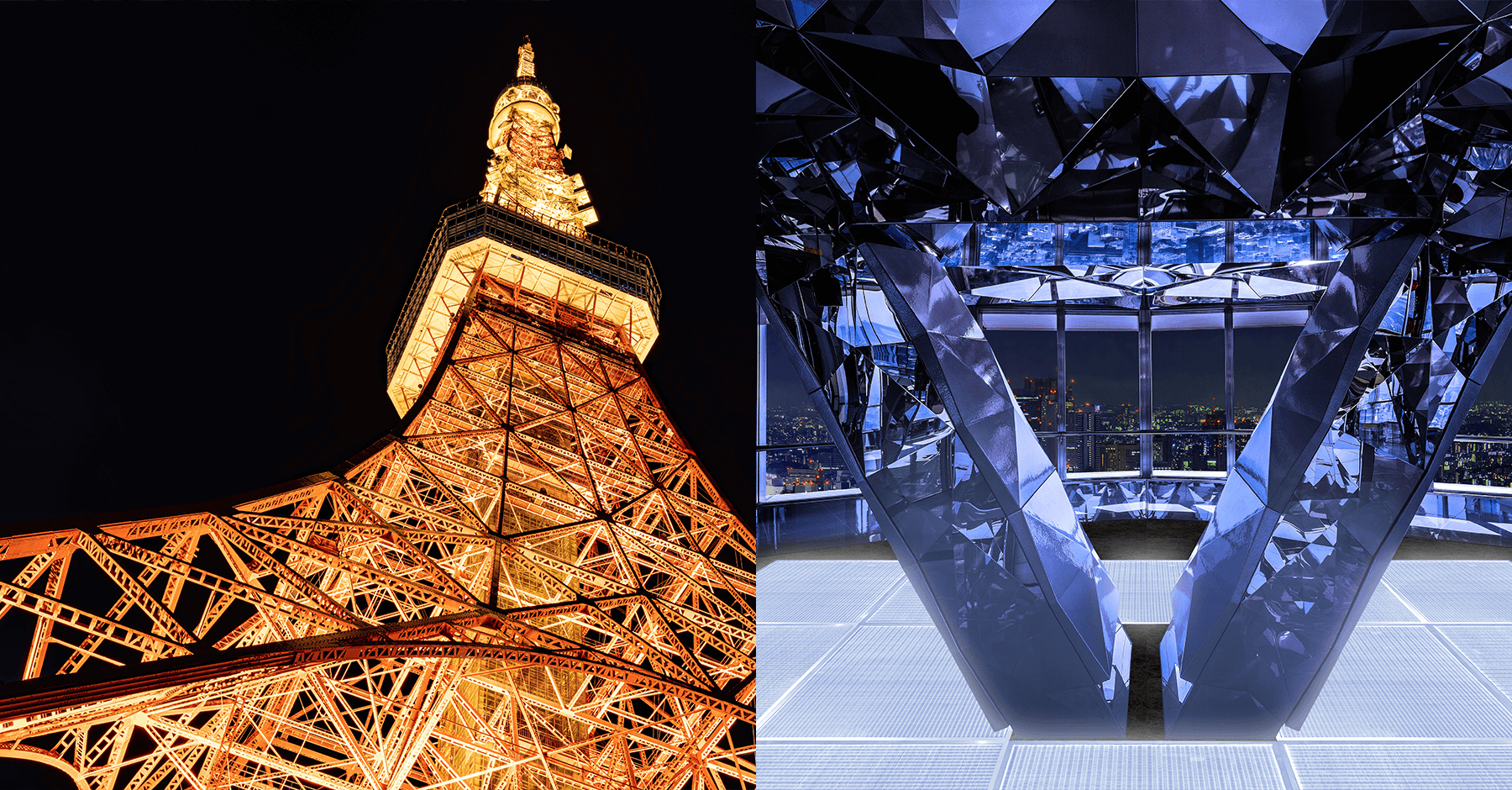
A separate fee is required to pass through the dedicated gate leading to the Top Deck situated at an altitude of 250 meters. There is also the Tokyo Diamond Tour, limited to 100 people per day, where special performers and attendants guide you around the Tokyo Tower interior.
Basic information
Tokyo Tower
- Address
- 4-2-8 Shibakoen, Minato City, Tokyo
Google Map - Opening Hours
- MAIN DECK 9:00~23:00 (Last admission 22:30)
TOP DECK TOUR 9:00~22:45(Last admission 22:15)
TOKYO DIAMOND TOUR (150m&250m+Lounge) 12:00~
[Departure Time] ①12:00 ②13:00 ③14:00 ④15:00 ⑤16:00 ⑥17:00 ⑦18:00 - Holiday
- Open every day
- Admission fee
- MAIN DECK Adult 1500yen, High School Student 1200yen, Child(Elementary or Junior High School) 900 yen, Child(Age 4 or Older) 600 yen
TOP DECK TOUR Adult 3500 yen, High School Student 3300 yen, Child(Elementary or Junior High School) 2300 yen, Child(Age 4 or Older) 1700 yen
TOKYO DIAMOND TOUR Adult 7000 yen, High School Student 6500 yen, Child(Elementary or Junior High School) 4700 yen, Child(Age 4 or Older) 3300 yen - Parking
- 150 cars. Parking lot is adjacent to Tokyo Tower 600 JPY for the first one hour and 300JPY added every 30 minutes after the first one hour
Parking lot is open from 9:00 to 23:00. (The latest time to enter is 22:30.) - Web
- https://en.tokyotower.co.jp/
See the facility websites for the latest information.
MORE
 15min
15minEnjoy the Marunouchi Area to the Fullest
From Shibakoen to Kandabashi
About 10 min. from(C1)Kandabashi
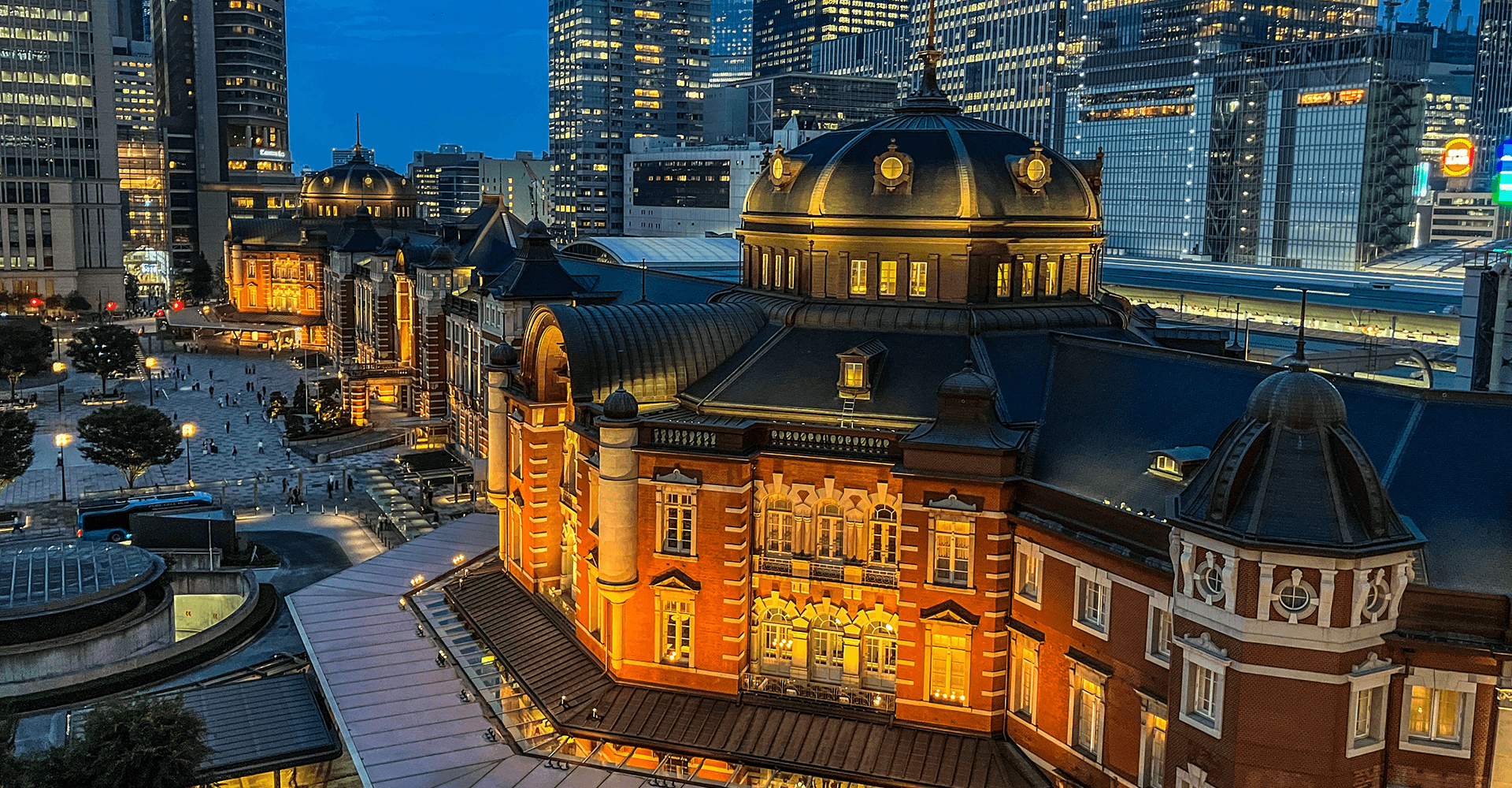
The Marunouchi area, centered around Tokyo Station, possesses many different faces in addition its role as one of Japan’s leading business districts.
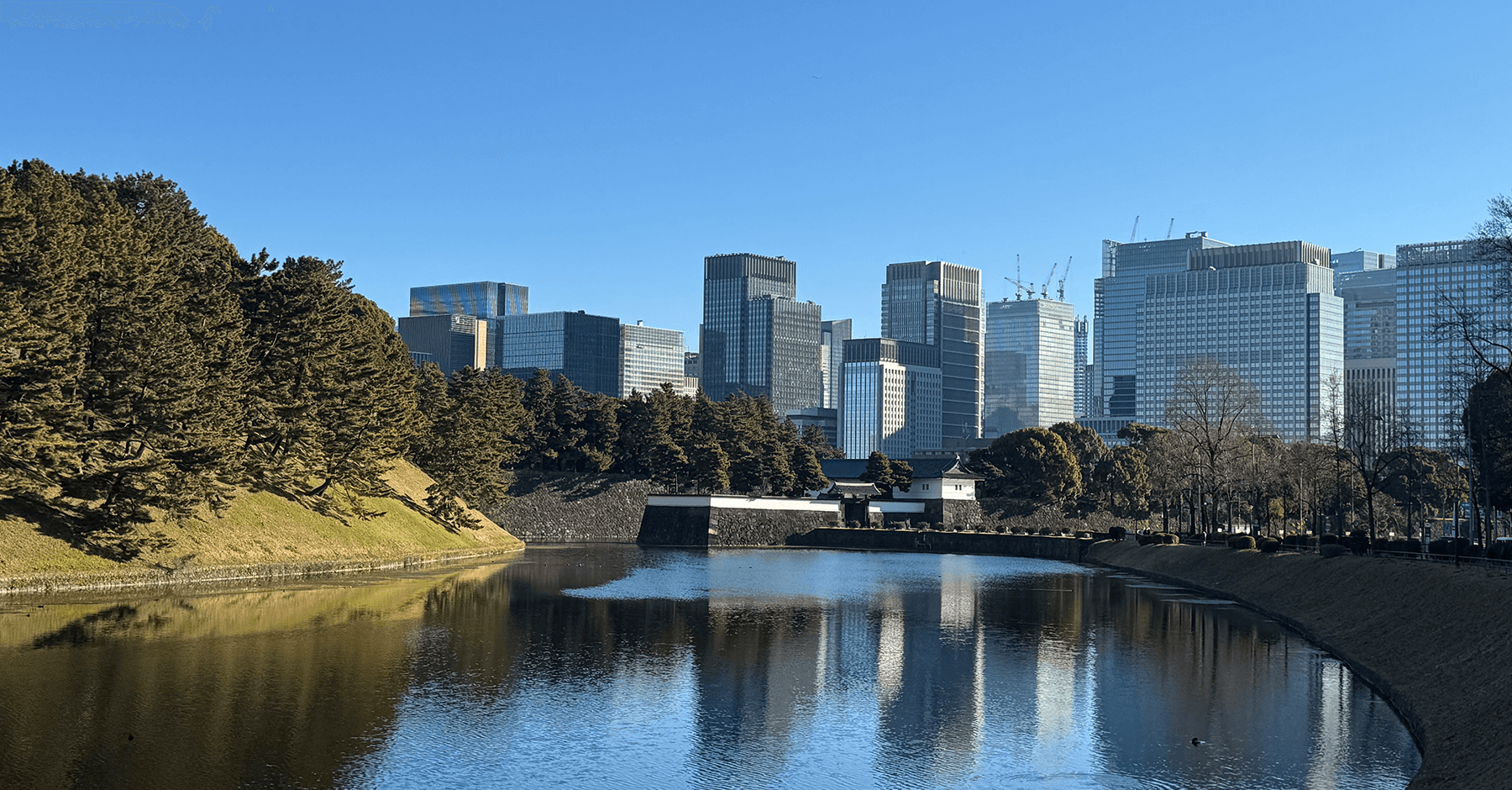
The Imperial Palace today occupies the original site of Edo Castle, where the Tokugawa Shoguns once resided. Designated as the Imperial Palace, or the residence of the Emperor, beginning in the Meiji period in 1868, the Meiji Emperor actually began living there the following year in 1869 after moving his official Imperial Residence from Kyoto. Portions of the Kokyo Gaien, or the gardens of the Imperial Palace, are open to the public during limited hours.
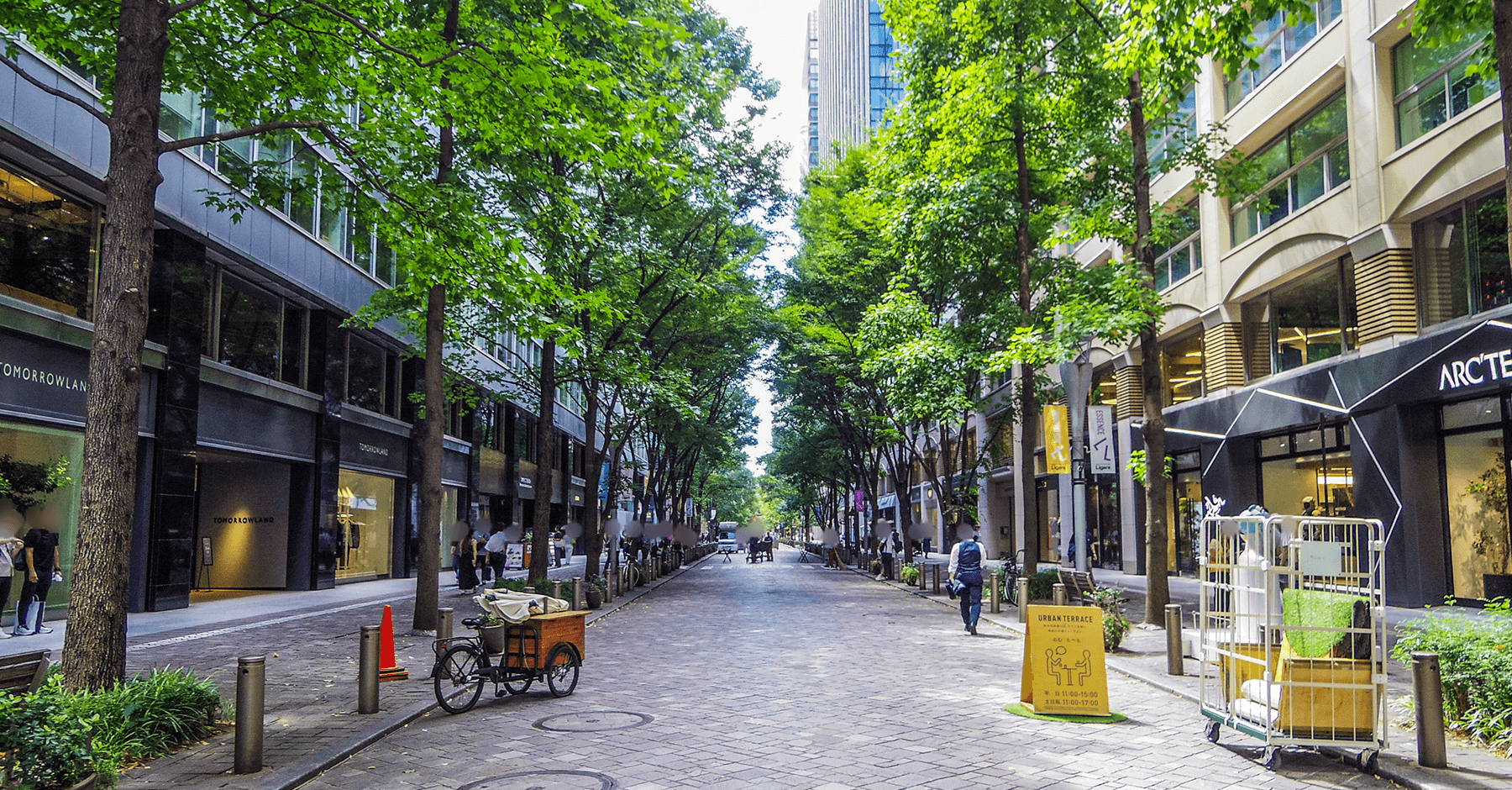
One attraction situated along Marunouchi Naka-Dori Ave., that passes in front of Tokyo Station, is the Marunouchi Street Gallery offering a chance to enjoy art on the street. The modern sculptures and works by modern artists active throughout the world seem to blend into the background.
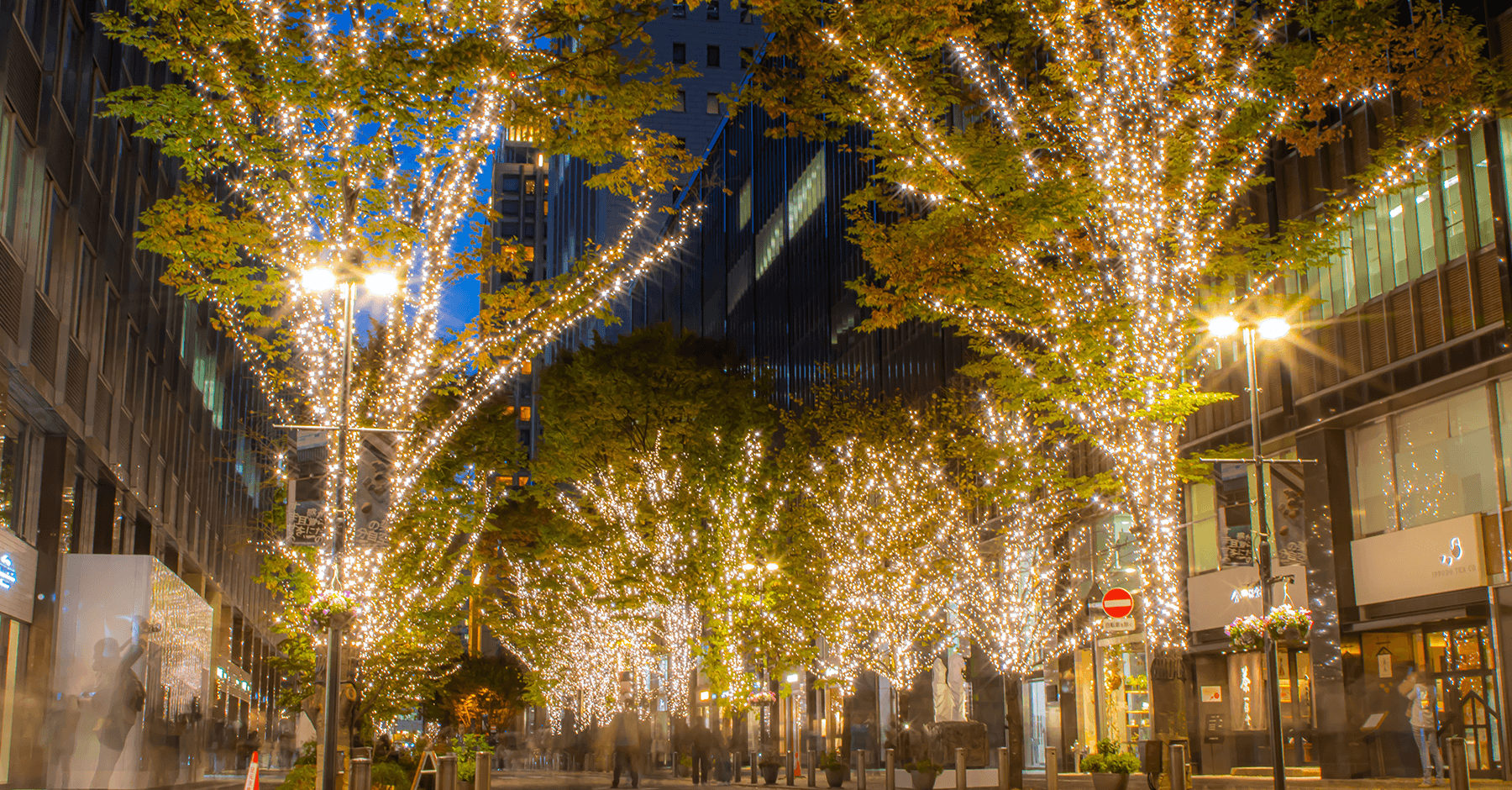
The Marunouchi area is also lined with highly cultured brand shops and stylish cafes, so you can enjoy yourself simply by taking a stroll around the town. And the face of the town changes completely when the sun sets and the lights come on in the high rise buildings.
Basic information
The Imperial Palace
- Address
- 1-1, chiyoda, chiyoda-ku,tokyo
Google Map - Opening Hours
- Walk-in: 300 persons per tour on a first-come basis; numbered tickets will be issued
Prior registration: 200 persons per tour (1 group should not exceed 50 persons)
Morning tour
9:00 am ~ Numbered tickets will be distributed
9:30 am ~ Registration starts
10:00 am Tour starts
11:15 am Tour ends
Afternoon tour
12:30 pm ~ Numbered tickets will be distributed
1:00 pm ~ Registration starts
1:30 pm Tour starts
2:45 pm Tour ends
*No tours are given on the following days and times:
・Sundays
・Mondays
・National Holidays (except when a holiday falls on a Saturday)
・Afternoons from July 21 to August 31
・From December 28 to January 4
・Any day or time of the day when Imperial Court functions are scheduled or other unavoidable circumstances occur. - Admission fee
- free
- parking
- For visitor’s personal vehicles use parking in the vicinity.
- Web
- https://sankan.kunaicho.go.jp/english/index.html
Marunouchi street gallery
- Address
- 3-3, marunouchi, chiyoda-ku, tokyo
Google Map - Web
- https://www.marunouchi.com/en/lp/street_gallery/
See the facility websites for the latest information.
MORE
 15min
15minRainbow Bridge
From Kandabashi to Rainbow Bridge
A part of the Daiba Line connecting Daiba area and Shibaura futo.
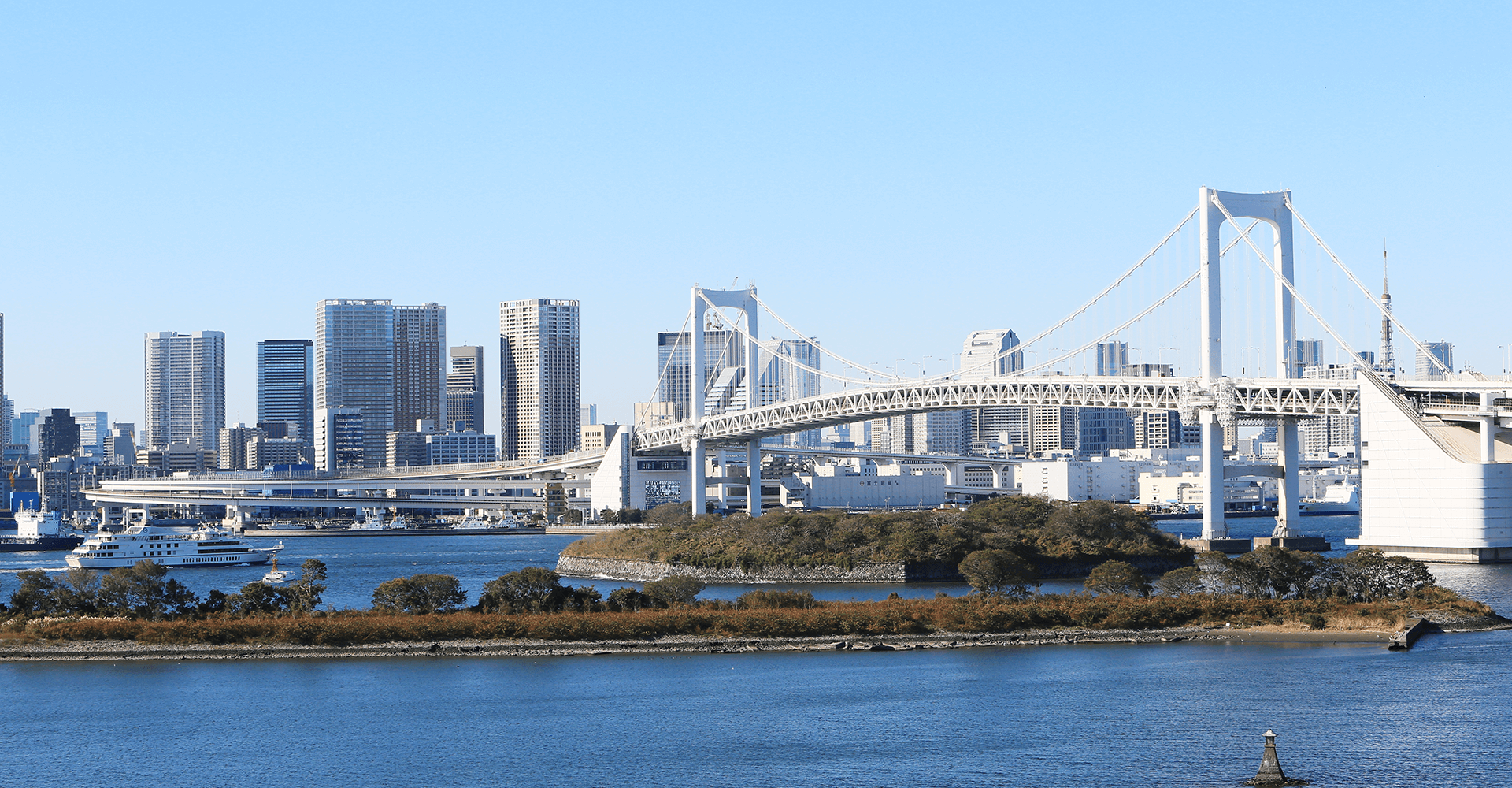
The Rainbow Bridge is a suspension bridge measuring 798 meters in length that forms a portion of the Metropolitan Expressway No. 11 Daiba Route connecting the Tokyo waterfront subcenter with the city center. Construction began in 1987 and was completed six years later in 1993.
Like the Yokohama Bay Bridge, the bridge adopts a double deck configuration, with the No. 11 Daiba Route occupying the upper deck, and the Tokyo Waterfront New Transit Waterfront Line (Yurikamome) running along the center of the lower deck, with regular roads and a pedestrian walkway known as the Rainbow Promenade on either side. Therefore, unlike the Yokohama Bay Bridge, visitors are allowed to walk across the Rainbow Bridge (only during hours when pedestrians are allowed).
When the Rainbow Bridge was designed, the distance between the towers was set at over 570 meters, with over 50 meters of clearance below the bridge, assuming the passage of large ships underneath. This meant that the height at which the Yurikamome train traveled across the bridge had to be 50 meters above the surface of the water, whereas it usually runs 10 to 15 meters above ground, meaning that to keep the tracks running in a straight line, a very steep incline would be required. To solve the issue, the Yurikamome travels in a large loop before connecting to the bridge in order to gain altitude more gradually.
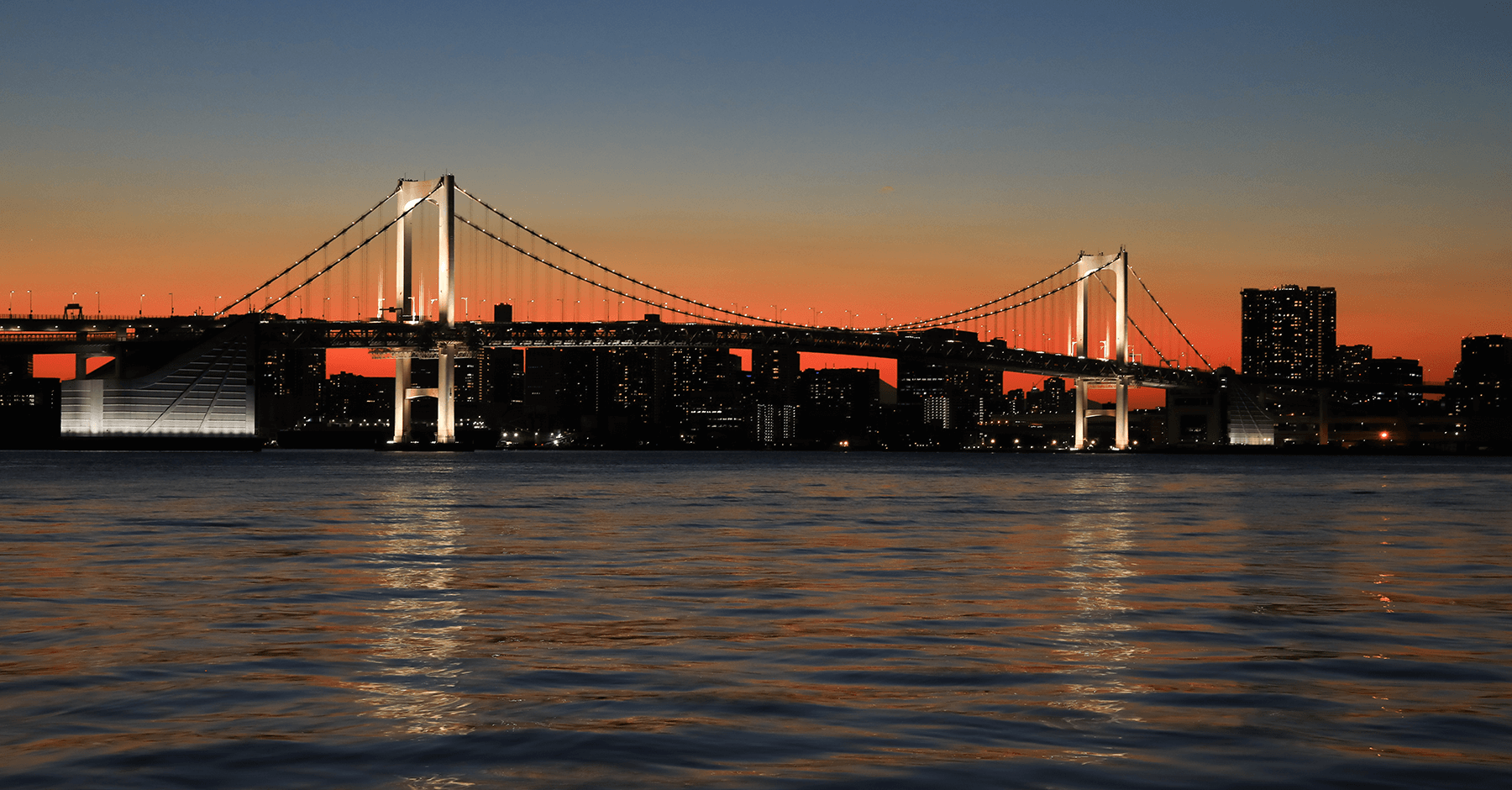
The Rainbow Bridge is illuminated every night 30 minutes after sunset. Unlike LED lights, the lights used for the illumination are “induction lamps” which have a long lifespan, use less electricity, and higher brightness. The entire surface of the towers and the underside of the bridge are lit up for a period starting 30 minutes after sunset until midnight. The illumination along the cables suspended from the towers changes according to the day, time, and for special events, offering a different appearance depending on when you see it.
While normally white, the tower illumination is often changed to coincide with certain events. For example, rainbow colors were used to match the bridge’s name in 2023 for a limited period to commemorate the 30th anniversary of the opening of the bridge.
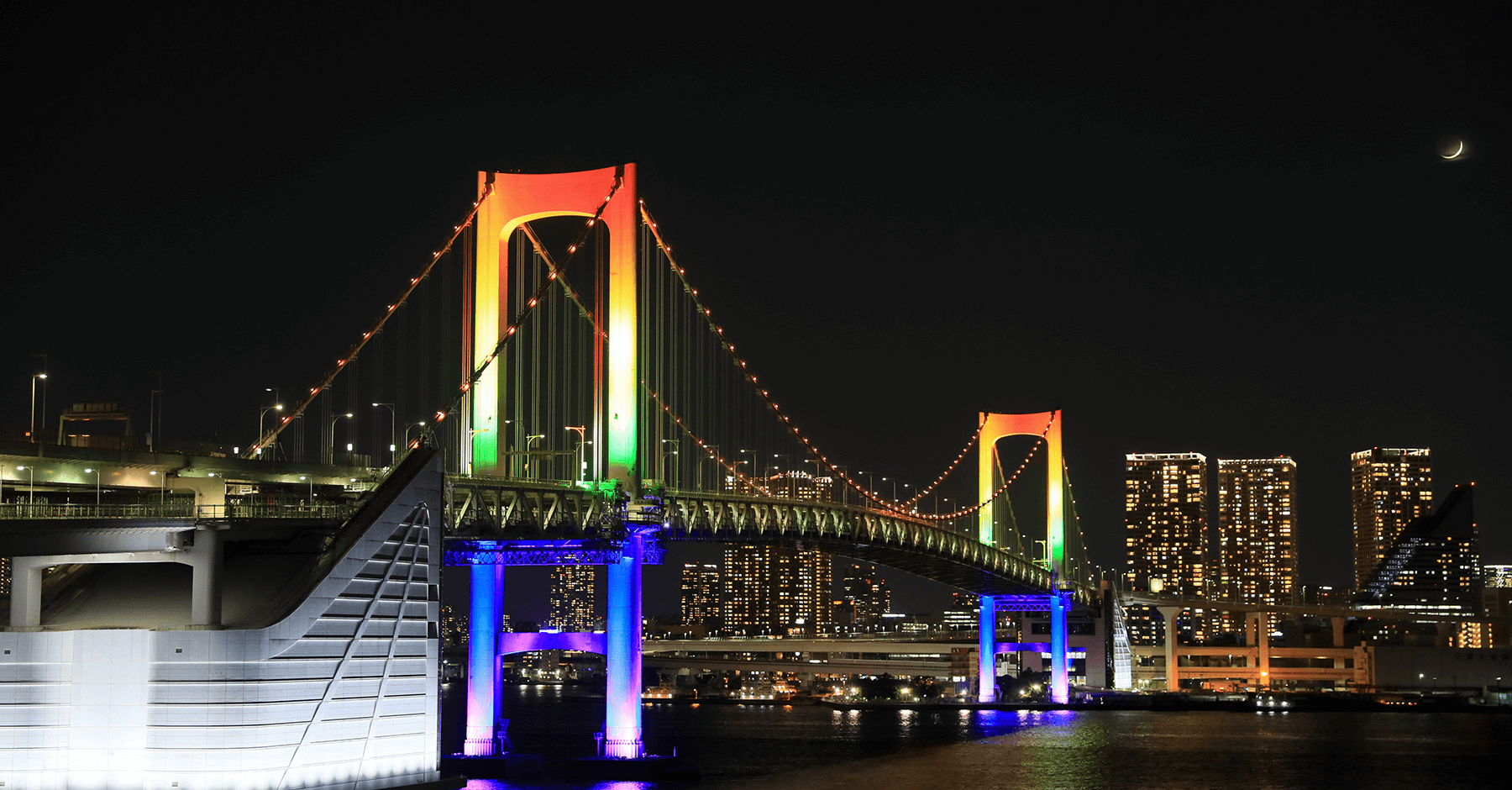
Incidentally, the name Rainbow Bridge is the bridge’s nickname, chosen through a public drawing, and the official name is Tōkyō Kō Renrakukyō in Japanese, or Tokyo Harbor Connecting Bridge.
Basic information
Rainbow Bridge
- Structural form.
- Suspension bridge
- Bridge length.
- 798m
- Center span.
- 570m
- Main tower height.
- (above sea level) 126m
- Bridge's inauguration.
- August 26, 1993
- Address
- Minato-ku,Tokyo
Google Map - Web
- https://www.shutoko.co.jp/en/index/driving/explore/rainbowbridge/
- The Rainbow Promenade hours
- April-October: 9:00 - 21:00, November-March: 10:00 - 18:00, closed on the 3rd Monday of the month
See the facility websites for the latest information.
MORE
 15min
15minTsukiji Outer Market
From Rainbow Bridge to Ginza
About 5 min. from(C1)Ginza
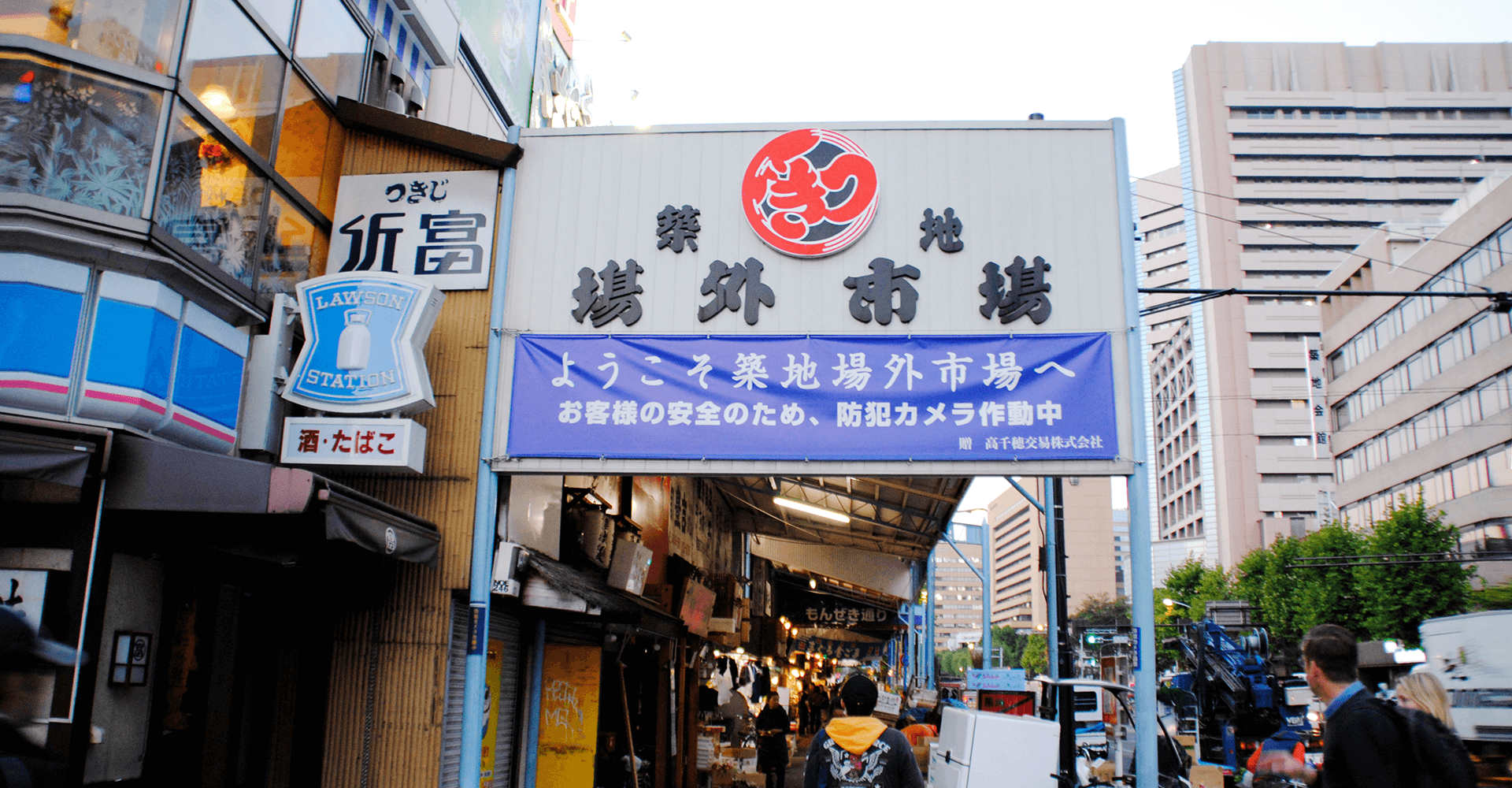
Tsukiji has been described as Tokyo's kitchen for all the fresh ingredients that are gathered there. While the commercial functions of the market have been moved to Toyosu, there are still more than 400 specialty shops to peruse at the Tsukiji Outer Market today, offering a veritable cornucopia of foods including fresh fish, produce, and meats.
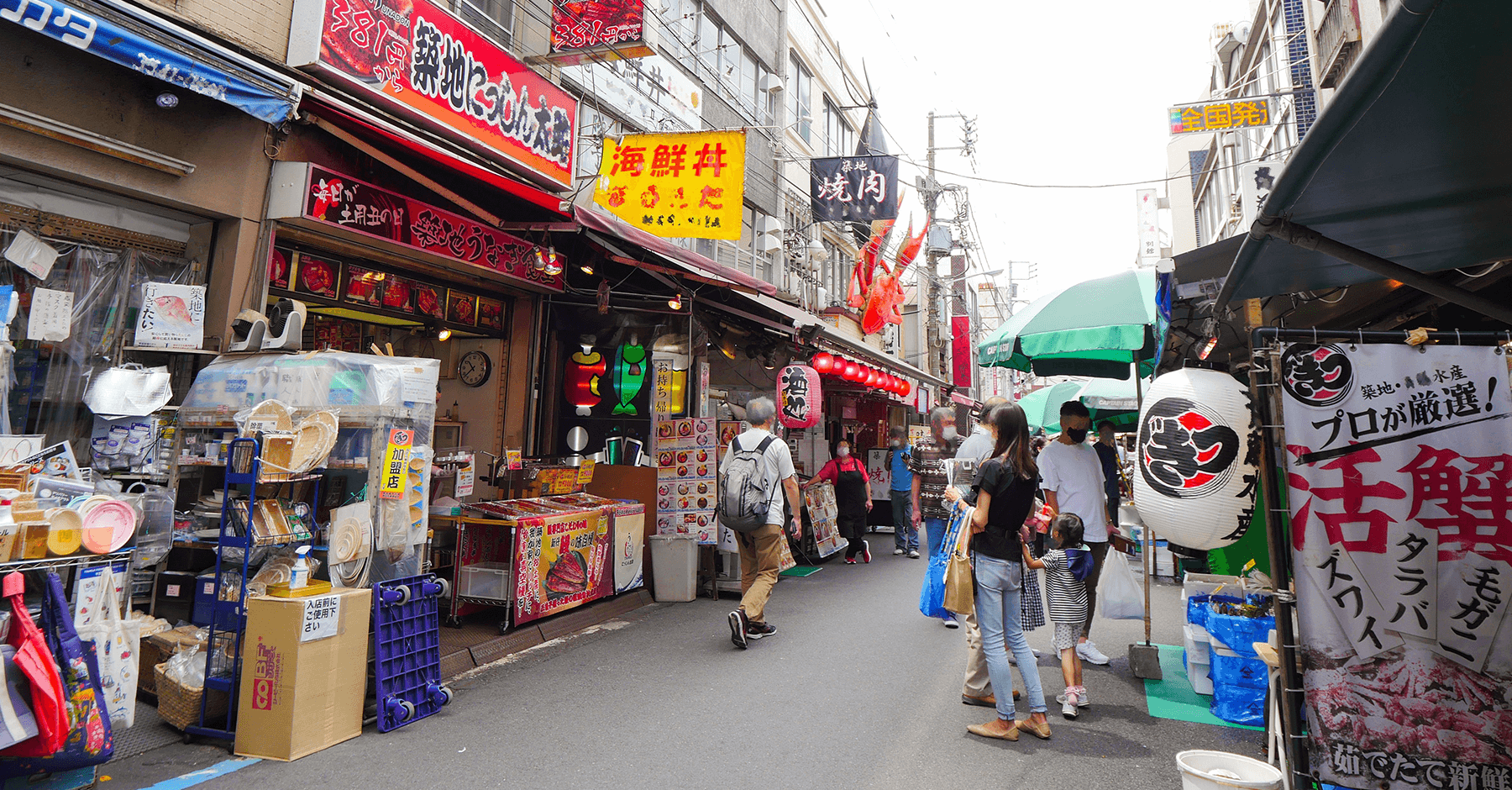
One way to enjoy Tsukiji is to purchase something at one of the stores and eat while you walk. You won’t be able to resist the munchies as you discover one delicacy after the other, such as Tamagoyaki, or Japanese rolled omelette fried right before your eyes or the Tsukiji croquette where you can select your favorite flavor.
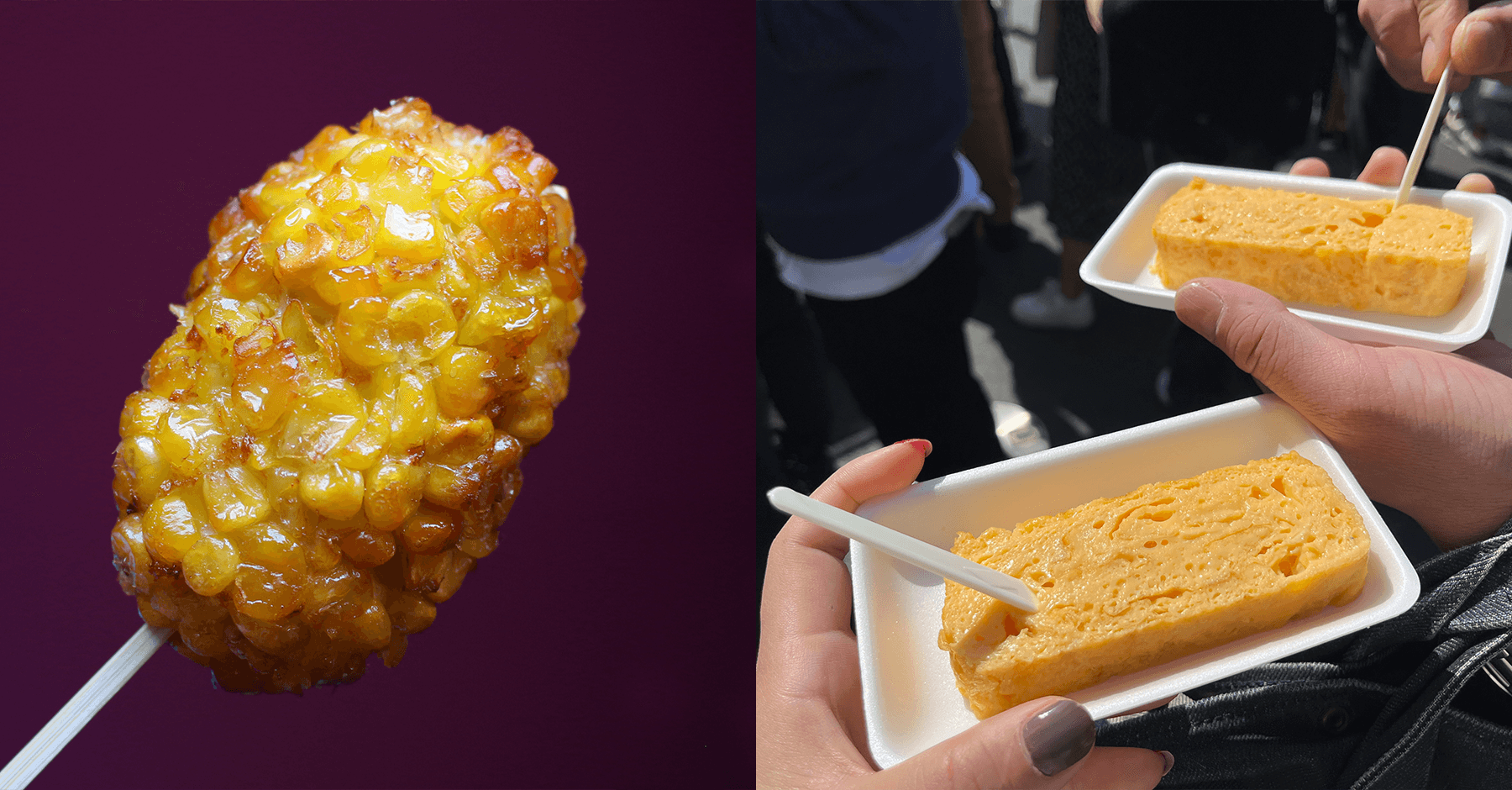
But if you prefer fresh seafood, there is no shortage of shops offering seafood rice bowl, sushi, or sashimi.
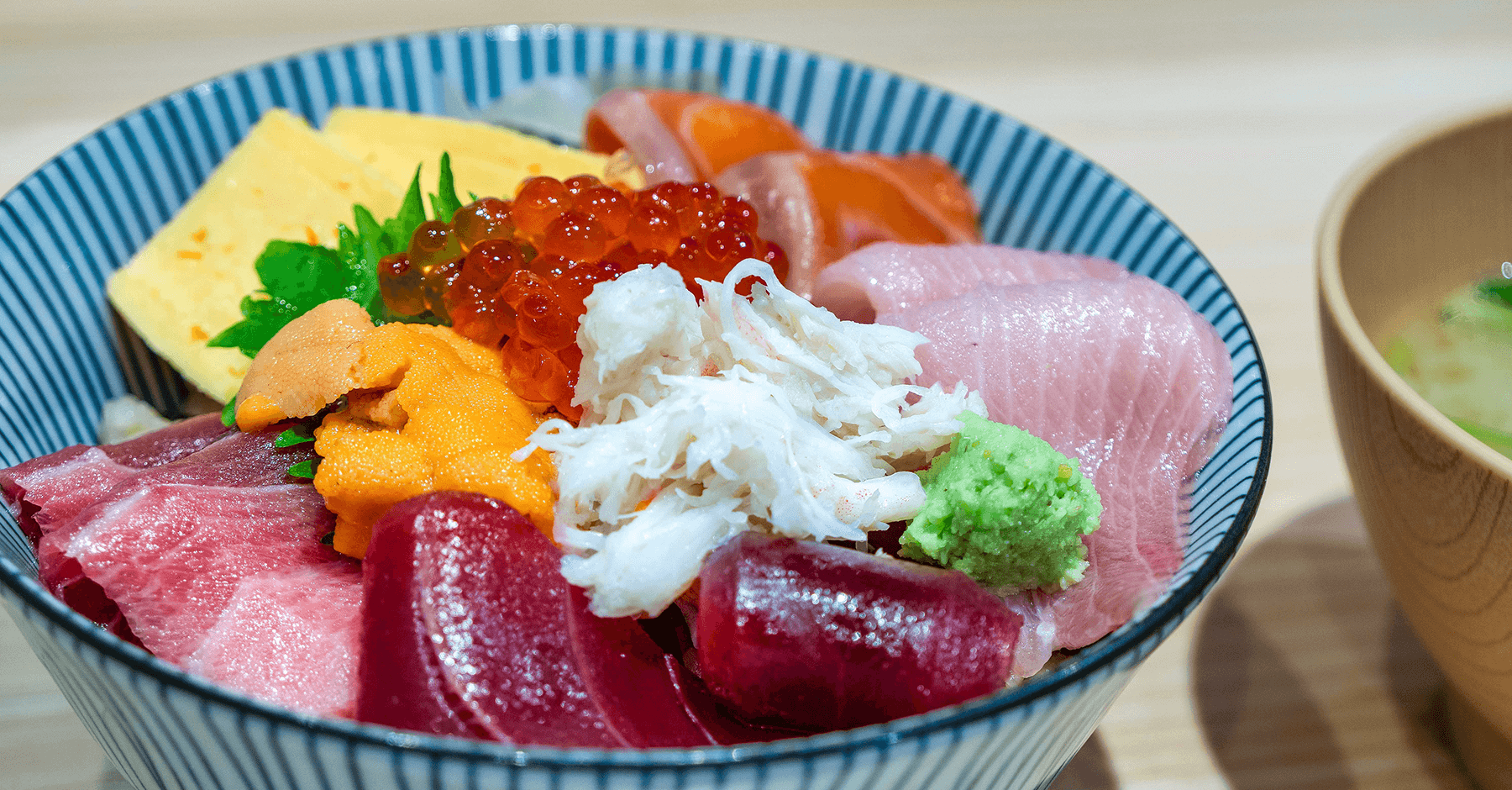
And if you come at the right time, you will even be able to watch the staff at a fish shop wielding a massive knife to carve up freshly caught tuna.
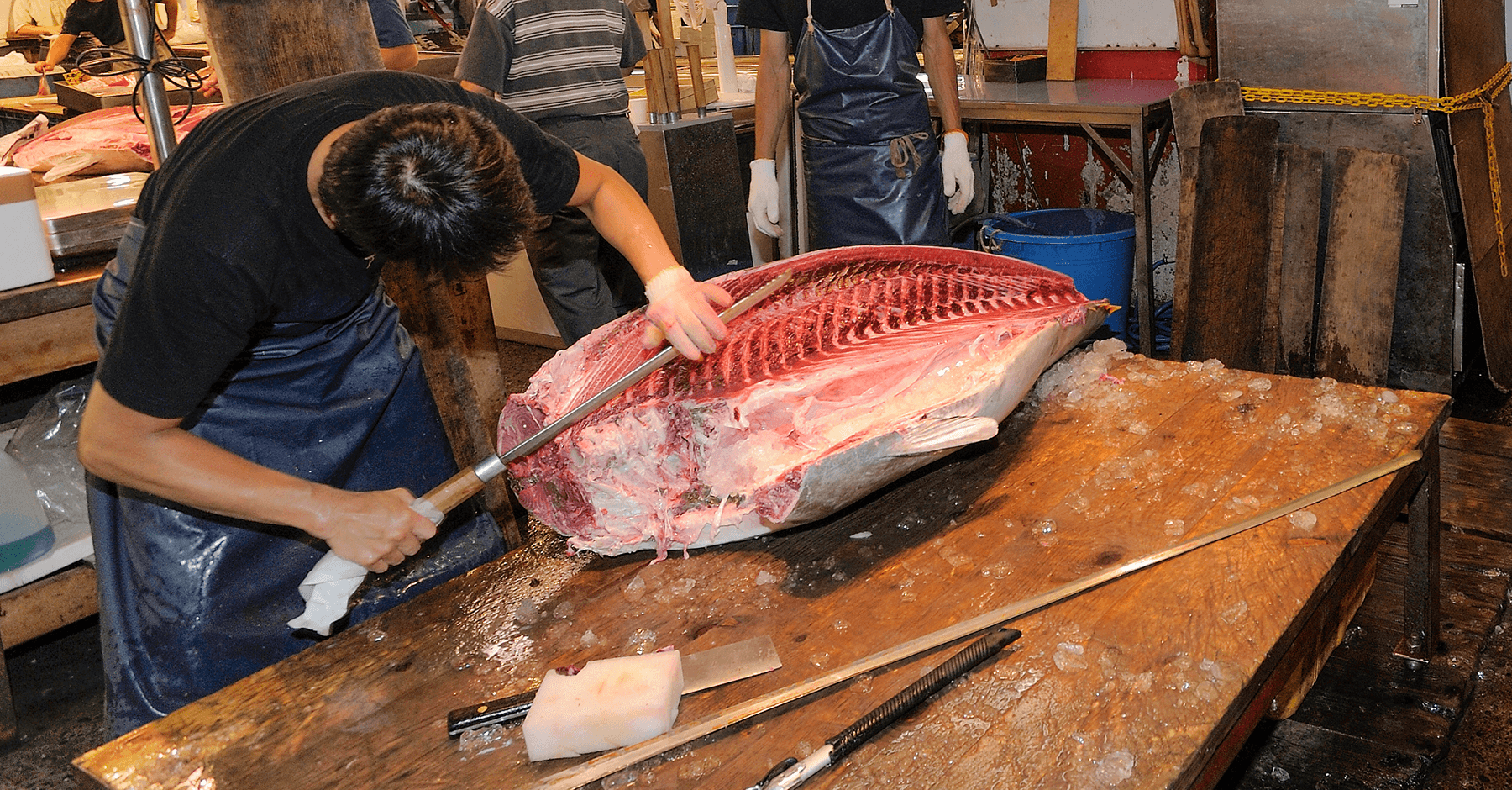
Basic information
Tsukiji Outer Market
- Address
- 4chome, tsukiji, chuo-ku,tokyo
Google Map - Opening Hours
- Each shop at the Tsukiji Outer Market has different business hours.
Please check the shop hours before you visit the market. - Parking
- For visitor’s personal vehicles use parking in the vicinity.
- Web
- https://www.tsukiji.or.jp/english/
See the facility websites for the latest information.
MORE
SHUTOKO TIPS
The Metropolitan Expressway is a paid expressway exclusively for cars. Please be aware that you will be charged when traveling on it. The Metropolitan Expressway also provides ETC entrances and exits, so we recommend using an ETC card. See the page below for more information.
If you travel by car, you can visit places difficult to reach by train. Drive safely, enjoy the ride, and discover your new favorite destination in Japan.
See the facility websites for the latest information.

